The business environment of today has become exceedingly competitive and the key economic sectors require manpower which is trained and skilled to meet the job requirements. Ascertaining the qualities, skills and attributes of managers becomes all the more imperative in this context. Assessments tools can provide an objective input on the knowledge, skill, and behavior of the individual, thereby minimising subjectivity, and helping organisations focus their efforts, and investments on building and managing their workforces
According to a survey on talent shortage done by Manpower Inc in 2010, it was found out that 31 per cent of employers worldwide are finding it hard to fill up vacant job positions. The situation is similar in India with the talent shortage figure standing at 16 per cent. The trend reflects a mismatch of talent and potential job positions. Training and skills development are important in this context. It also highlights the need for assessment tools which will help employers ascertain and match skills of the labour force with that of the position.
The labor force can be both skilled and un-skilled. But whatever the case May be in todays market scenario, quality is the buzz word in all levels of works. “Professional assessment tools are required to measure the skill set among the labour force and decide on proper training to be given to overcome any drawbacks found. Also the assessment tools are useful for identifying and appreciating the productivity of every individual”, says Subramanian N, Managing Director, TRS Forms & Services.
 “India’s economic growth rate has generated a new demand for skilled workforce that can match the performance benchmarks. Assessment tools reduce the management overhead and provide the confidence in the ability of the labour force”
“India’s economic growth rate has generated a new demand for skilled workforce that can match the performance benchmarks. Assessment tools reduce the management overhead and provide the confidence in the ability of the labour force”
Aditya Bhalla
Innovation Practice Head, QAI Global
According to Aditya Bhalla, Innovation Practice Head at QAI Global, India’s economic growth rate has generated a new demand for skilled workforce that can match the performance benchmarks set by the customers. Both private and public enterprises are under tremendous pressure to provide better customer service and reduce time to market of innovative services and products. “Professional assessment tools reduce the management overhead and provide the confidence in the ability of the labour force to take up challenges of the new age work environment”, he says.
A major problem with workforce management for organisations today is in attracting, hiring, allocating, engaging, and retaining the right people for the job. From an employer’s perspective, it is critical for her to understand the fitment level of an individual to be hired. There is a direct correlation between skills and productivity. Hence a skilled workforce holds a promise of a more productive business. From an educator’s perspective, the first step in the chain of learning would be assessing the current skill and knowledge sets in the learners to be trained or coached.
 “In order to assess an individual’s skills and knowledge levels, observations and generic interactions are not enough. The answer lies in a scientific measurement of knowledge, skill sets and attitudes ”
“In order to assess an individual’s skills and knowledge levels, observations and generic interactions are not enough. The answer lies in a scientific measurement of knowledge, skill sets and attitudes ”
Sharad Talwar
CEO, IndiaCan
Sharad Talwar, CEO, IndiaCan elaborates that in order to assess an individual’s skills and knowledge levels, especially when it is a large population to be assessed, observations and generic interactions are not enough to credibly pass judgment on an individual’s capabilities. “The answer lies in a scientific measurement of knowledge, skill sets and attitudes to be able to peg an individual at an identified rung of learning or competency.” Here is where a professional assessment tool comes in handy. It helps to systematically document what an individual knows and can do, identify KSA gaps and help devise a learning and career plan for an individual.
Types of Assessment Tools
Several skills assessment tools help managers and their employees to evaluate gap in skills, recognise and expand skill areas in need of development, and develop those areas into a specialised development plan.
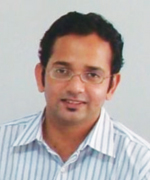 “Assessment tools can be broadly categorised into tools for assessing ability and aptitude, personality, and communication skills. These three areas can be used across verticals and industries to hire the right candidate”
“Assessment tools can be broadly categorised into tools for assessing ability and aptitude, personality, and communication skills. These three areas can be used across verticals and industries to hire the right candidate”
Prashant Banerjee
Marketing Head, Pearson Clinical & Talent Assessment
Assessment tools can be broadly categorised into tools for assessing ability and aptitude, personality, and communication skills. Assessments in these three buckets can be used across verticals and industries to hire the right candidate, says Prashant Banerjee, Marketing Head, Pearson Clinical & Talent Assessment.
Individuals and students seeking jobs can make use of the career assessment tools to ascertain the career path they May be aptly suited for. These tests are mostly based on multiple choice questions.
Aptitude or skills test are meant to ascertain the availability of specific skills in an individual that May match the career options that the individual can choose. Questionnaires are designed to understand and highlight skills of individuals in dexterity, hand-eye coordination, and creativity and to understand mechanical aptitudes.
Values assessment tests ascertain the expectation of the job seeker from the particular job. These May involve work environment, monetary expectations, working conditions and other related aspects. Having an understanding of the job seekers’ job priorities can be one of the most important career assessment tools.
Career tests for ascertaining personality types are mostly psychologically based and can be helpful in career assessments. Counselors often use the Meyers Briggs Type Indicator (MBTI) for ascertaining career skills. The MBTI includes questions that relate to personality characteristics such as introversion vs. extroversion and thinking vs. acting on emotion.
The IT industry has been in the forefront in adopting these assessment tools. “Currently there is a lack of awareness of the existence of these assessment tools in non-IT sectors. The adaption rate will grow only with increased awareness”, says Bhalla.
Talwar adds that a well researched assessment tool can help identify and assess both generic as well as sector specific skills of a set of people. Generic skills May include reading, writing, mathematical ability, problem solving, reasoning, attention to details etc. Sector specific skills include functional skills specifically required for the job.
Tools for Measuring Pre-hire and Post-hire Qualities
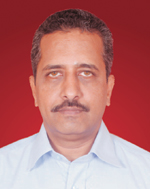 “Professional assessment tools are required to measure the skills set among the labour force and decide on proper training to be given to overcome any drawbacks found”
“Professional assessment tools are required to measure the skills set among the labour force and decide on proper training to be given to overcome any drawbacks found”
Subramanian N
Managing Director, TRS Forms & Services
The assessment tools available for measuring pre-hire and post hire qualities among workforce are designed to assess three dimensions of competency

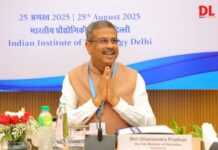
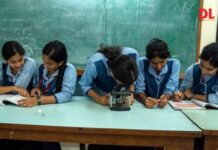



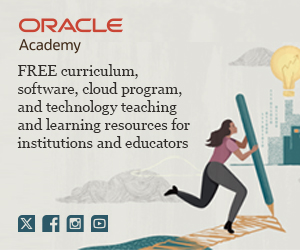

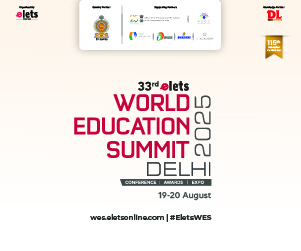

 Established in 2007 with the mission of providing quality media education, the School of Journalism and New Media Studies caters to the needs of the booming media sector in India
Established in 2007 with the mission of providing quality media education, the School of Journalism and New Media Studies caters to the needs of the booming media sector in India 
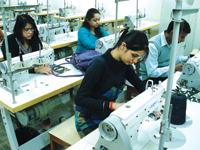 Fashion industry is currently employing around 35 million people and has become a potential employment generating sector in India. In the coming future, Indian fashion industry is heading towards competing globally to be a fashion leader.
Fashion industry is currently employing around 35 million people and has become a potential employment generating sector in India. In the coming future, Indian fashion industry is heading towards competing globally to be a fashion leader.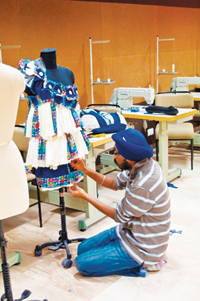 IGNOU has taken one step forward for developing much needed academic programmes with the view to provide proper training with fashion industry through internships and active interactions
IGNOU has taken one step forward for developing much needed academic programmes with the view to provide proper training with fashion industry through internships and active interactions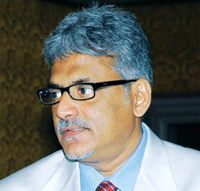 IndiaSkills, a joint venture in vocational training formed between a leading training and education service provider in India (Manipal Education) and one of the world’s largest provider of work-related qualifications, assessment and certification. City and Guilds has been specifically created to make an impact on India’s vocational training sector. Sheena Joseph, in conversation with Harish Menon, CEO of IndiaSkills, finds out more about the venture
IndiaSkills, a joint venture in vocational training formed between a leading training and education service provider in India (Manipal Education) and one of the world’s largest provider of work-related qualifications, assessment and certification. City and Guilds has been specifically created to make an impact on India’s vocational training sector. Sheena Joseph, in conversation with Harish Menon, CEO of IndiaSkills, finds out more about the venture Prof V N Rajasekharan Pillai, Vice Chancellor, Indira Gandhi National Open University (IGNOU), in conversation with Dr Rajeshree Dutta Kumar and Ankita Verma, speaks about the Telecentre initiative at IGNOU and its potential impact.
Prof V N Rajasekharan Pillai, Vice Chancellor, Indira Gandhi National Open University (IGNOU), in conversation with Dr Rajeshree Dutta Kumar and Ankita Verma, speaks about the Telecentre initiative at IGNOU and its potential impact.








